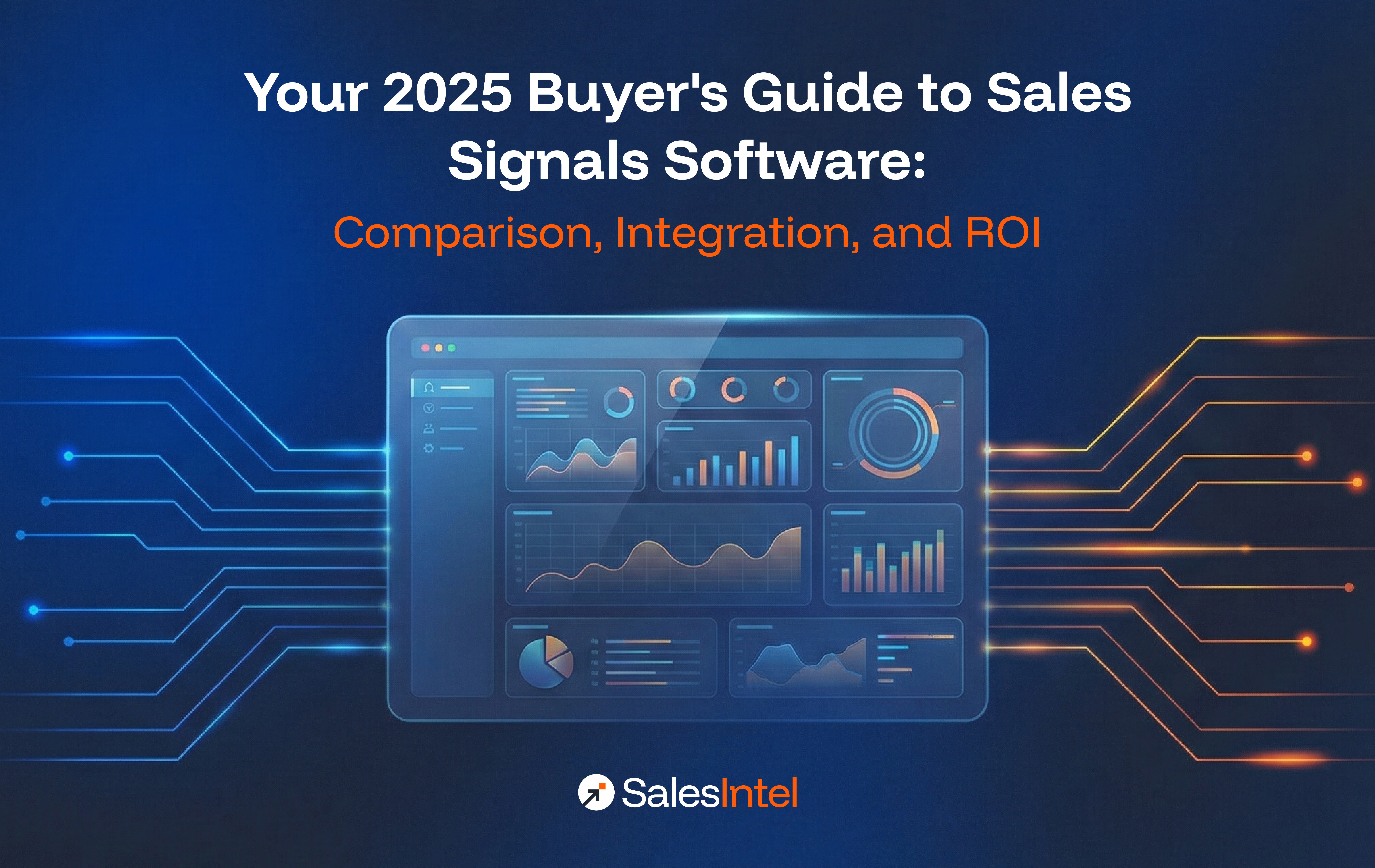Sales reps, by definition, have a primary task- to sell. It is the revenue they generate that sustains all other operations. Conversely, every minute they spend not selling is a potential loss of revenue for the company. Given such critical importance, it’s natural to assume that sales managers would be making the most out of their time by maximizing the time their teams spend selling. But it came as a shock when a SalesFunnel study on over 700 sales reps concluded that almost two-thirds of their time (64.8%) is spent on non-revenue generating tasks!
That’s a monumental loss of potential revenue and thus triggered a sense of anxiety among business leaders and managers to find better solutions to make their sales reps more productive and profitable. The good news is, they have found it! However, before we discuss the solution, it’s important to get a better understanding of the problem. Some of the biggest time killers of sales reps include:
1. Logging prospects into CRM
Despite broad-scale automation in the field of sales and marketing, this is one task that is still widely done manually. Businesses often buy contact lists for their sales reps to prospect, requiring them to enter them into their CRM manually. Given there may be hundreds of such contacts each day, some sales reps often blame it on using a CRM itself. But the problem here isn’t the use of CRM, it’s the manual entry that creates a bottleneck.
2. Researching
Another key area where SDRs spend significant amounts of unproductive time is finding the right people to prospect. They might spend hours searching for the contact information of a person. Other times they might research a company- the size of its workforce, technologies they use, any new sources of funding, etc to determine it fits into their ICP or not. All of this takes time- the time they could otherwise have used for generating revenue.
3. Placing futile calls
Even if an SDR has figured out an ideal prospect, they often struggle to get in direct touch with them. The emails may go unanswered, and calls do not get past the gatekeeper. Studies show an SDR is 46% more likely to connect using a direct-dial phone number. At the VP level, that increases to a whopping 147%. Since most data providers do not offer direct-dials, most of the calls placed by SDRs yield no results.
Most of these problems are reminiscent of outdated sales and marketing strategies where sales managers used to buy raw contact data, often in spreadsheets, and it was the task of SDRs to turn them into deals. The practice is chock full of inefficiencies leading to low conversion rates. That is why most innovative businesses have adopted a more refined and comprehensive strategy for their sales and marketing operations.
Enter Sales Intelligence
Cold calling is dead. Cold emails are ineffective. What sells these days is hot calling and warm emails. SDRs must have insights into their prospects without wasting inordinate time researching and trying to navigate past gatekeepers. To do this, they need better quality data and technical solutions to cut short redundancies and improve the value of each call.
In short, sales intelligence throws out the idea that with enough volume, you can randomly place a few calls and close a deal. Instead, it offers a wealth of additional information, allowing you to precisely target each of the prospects coupled with integrations that make the entire process seamless. SDRs are served with high-quality data and extensive research right into their CRM, and all they have to do is sell.
Integration with CRMs
To start with, Sales Intelligence platforms deliver contacts directly to the marketing automation platforms and CRM’s, saving significant time and effort otherwise wasted on manual entry.
Buying Intelligence
The contact data comes with a wealth of buying intelligence that drastically cuts down (or eliminates) any need for research on SDR’s part. Buying intelligence is intent data that looks at searches performed at a company, hiring initiatives they’re undertaking, websites they’re evaluating and a wealth of other indicators to determine where they are in the buying journey. This not only helps them dedicate more time to selling but helps them quickly find the right prospects and beat the competition.
Accuracy and re-verification
As an added benefit, sales intelligence platforms deliver higher accuracy than legacy data solutions. Because they operate as a SaaS product, they consistently update not just the technical interface but also reverify the data to keep it clean and reliable. SalesIntel, for instance, follows a 90-days reverification cycle for all of its millions of contact data.
Direct Dials
As discussed earlier, direct-dials have a major impact on the productivity of SDRs, and while most of the sales intelligence platforms are still catching up on this, SalesIntel provides direct-dials for over 85% of its contacts.
With sales intelligence solutions available, not only do sales reps become more productive and by extension, generate more revenue, but it also helps expand the customer base and significantly cut campaign time and costs. Free trial now to unleash the true potential of your SDRs.





